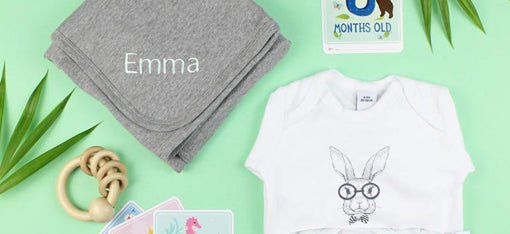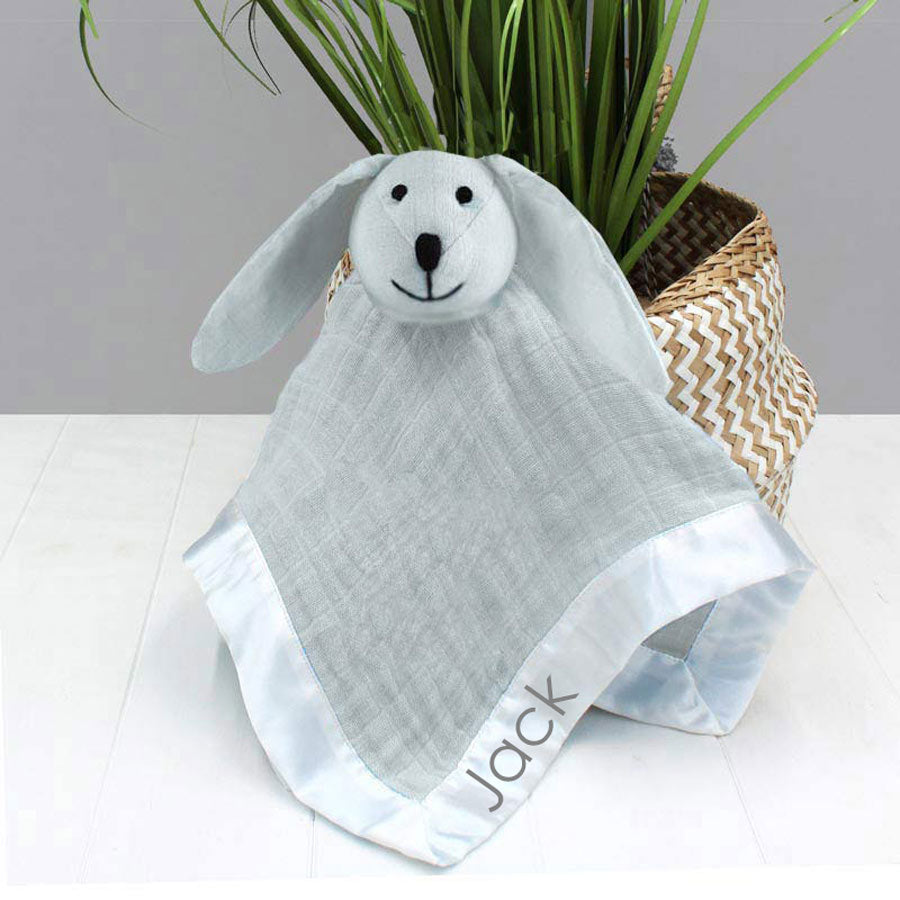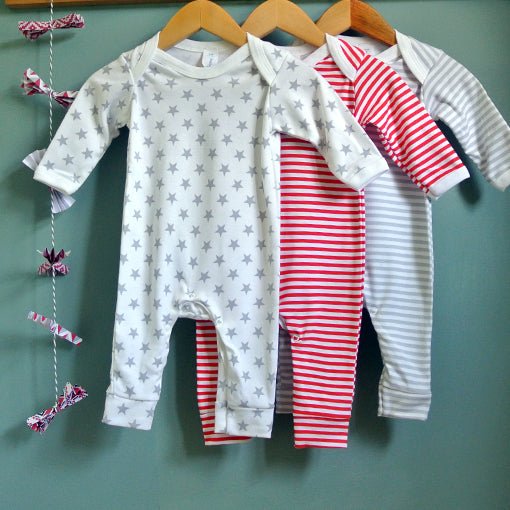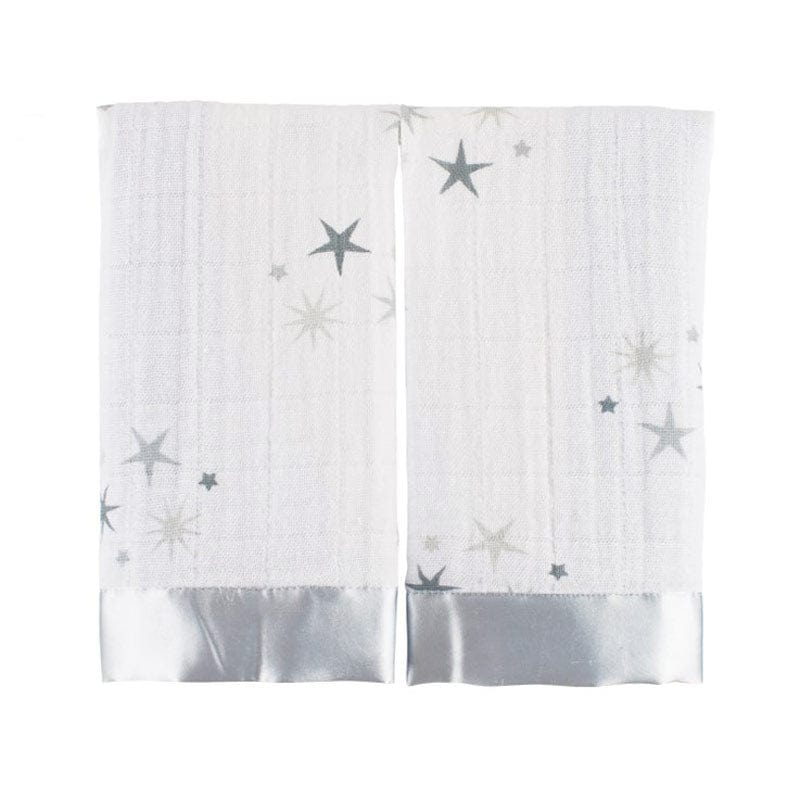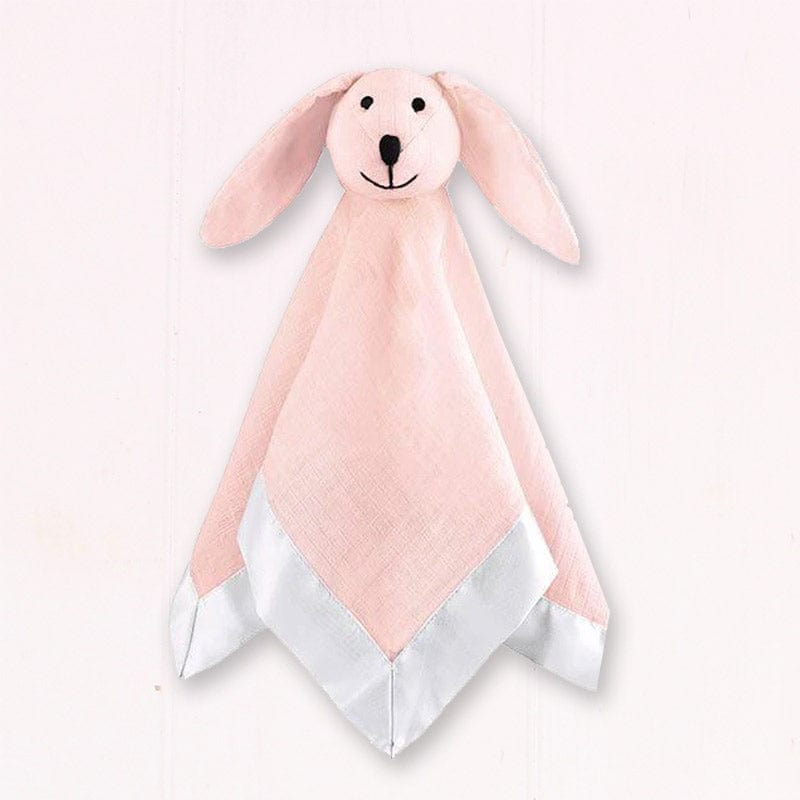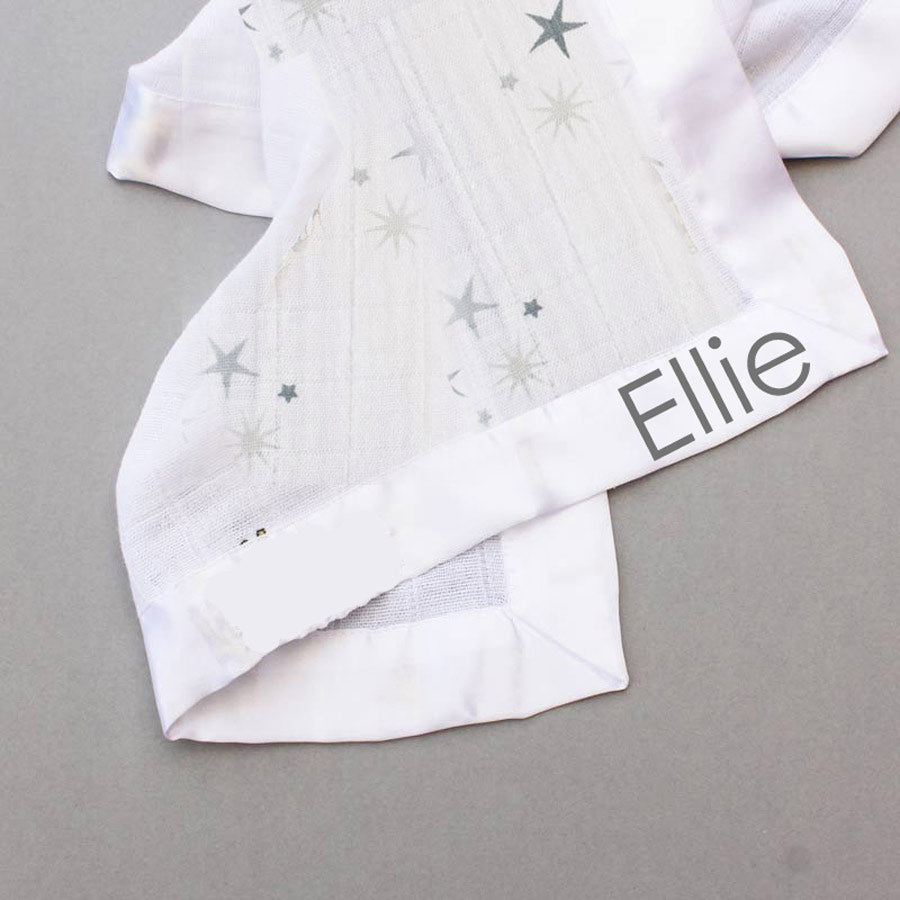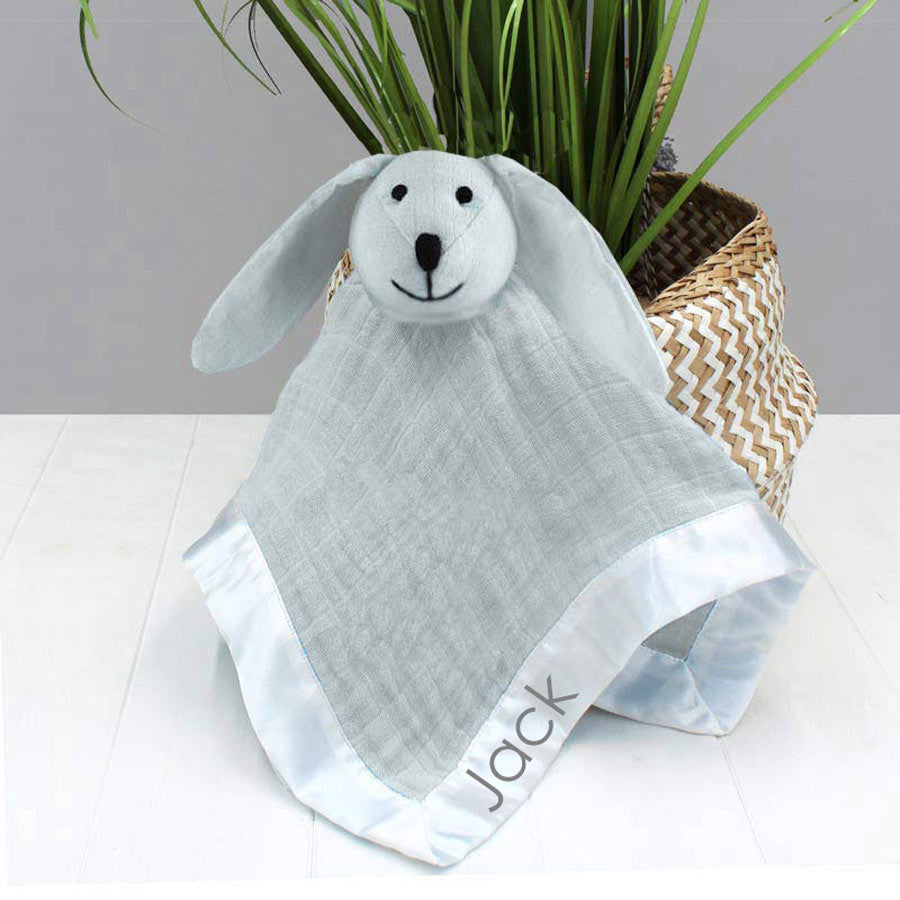Crying is a normal part of infancy for many babies. However, the crying often signifies that they are tired, hungry, uncomfortable, or need something else to soothe them. In this article, we'll take a look at how you can help your baby feel better by examining all the possible reasons they might be crying and then discuss what you can do to address these needs.
Are They Hungry Or Thirsty?
If your infant is crying, the first thing you should do is consider whether or not they're hungry or thirsty. Unfortunately, babies can't tell us when their hunger or thirst level gets too high, so it's up to parents and other caregivers to watch for signs indicating if their infant needs feeding. As a general rule of thumb, you should feed your baby when they're rooting around and trying to suck on whatever is close by.
In addition to this behaviour, a good indicator that your infant is hungry is if their stomach appears to be sucking in or pushing out with each cry. This happens because babies have an automatic feeding response called the "breast crawl" or "rooting reflex." This causes them to automatically seek out a nipple and start suckling even if they're not hungry.
When your baby is done eating, you should burp them as this can help ease the discomfort from their feeding session. If it's been more than two hours since they ate last, then you'll need to feed them again.

Are They Too Hot Or Cold?
Your baby is too hot if they are sweating or red in the face. Your baby is too cold if their hands and feet feel like ice cubes wrapped up with a blanket. You can warm your baby by holding them close to your chest or under your shirt for an hour. Or cool your baby down by removing their swaddle blankets and opening them up a bit. This might be a reason why your baby is crying and needs soothing.
Swaddle blankets are a great multi-purpose tool that can be used in many different situations. For example, if your baby is crying and you have a swaddle blanket, you can place it on their belly, which will soothe them. Or, if your baby is tired or cold, you can use the swaddle blanket to gently wrap them up and help them relax. You should always choose blankets made from natural fibres such as cotton or bamboo as they help to regulate a baby's temperature.

Do They Need A Nappy Change?
If your baby is not hungry, they are probably uncomfortable because of a dirty nappy or wet clothes. Some children will start crying when the smell hits their nose! Provided that there isn't an immediate need for food, you can usually settle your child down by changing their nappy or play clothes.

Are They Overstimulated?
If your baby is overstimulated, they may cry because you are in an unfamiliar place or with another person who makes them uncomfortable. If this happens to you, the best thing you can do for your child is to ensure that they maintain a good sleeping schedule. A consistent sleeping schedule has been shown to reduce the effects of overstimulation in babies.
A comfort or security blanket is a great way to help your baby feel better when crying. It can be used in many ways, such as lying it next to the baby in their bed, hanging it over their playpen, or as an additional comfort attachment when they ride along in their car seats.
Are They Teething?
It is essential to know that the teeth are not just developing in their mouth to understand why babies cry when teething. Teeth start growing around three months before birth and continue for years after they emerge from the gums.
The pain associated with this growth can be particularly severe because of how close together these new teeth come to the nerve that runs along your baby's gum line.
There are several different ways to soothe your teething baby. One standard method is using pain reliever gels and creams on the gum area, though many paediatricians still think topical medication isn't as effective as other methods.
A second popular approach is alternating cool or cold objects with warm, soothing things. For example, you can place a cool washcloth on your baby's gums for about two minutes and then gently rub their gums with a clean finger or use a teether. The use of teething toys may help soothe your baby's pain, but there are additional ways to help.
In conclusion, your baby crying is a normal reaction to the different situations they might be in. Understanding why your baby cries will help you figure out how to soothe them and provide comfort during their time of need.
For some more handy parenting tips, you might be interested to read How to Get Your Baby into a Peaceful Bedtime Routine and 19 Fun Facts About Newborns You Never Knew
Make sure you subscribe to our mailing list below to keep up to date with all the news from The Baby Hamper Company!



